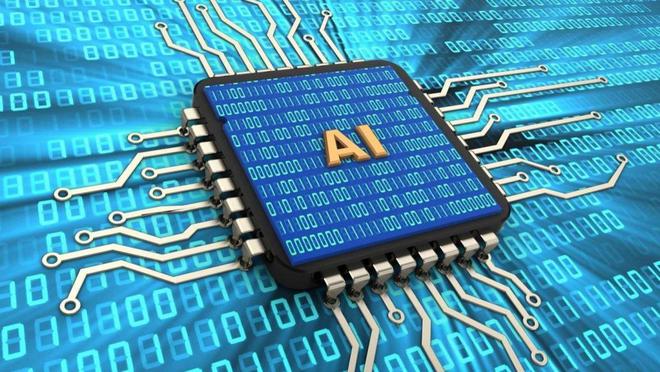
With the rapid development of machine learning and deep learning technologies, large-scale AI models have become a hot topic in the field of artificial intelligence today. These models can learn complex patterns and relationships by training large amounts of data, enabling a variety of applications such as speech recognition, natural language processing, computer vision, and more. However, the training and deployment of these large models requires a lot of computational resources and efficient base software, which also presents a huge opportunity for AI base software.
Ⅰ. Training basic software
Training large models requires high performance computing resources and efficient basic training software. In the field of AI-based software, there are several opportunities:
1. Distributed training: Distributed training refers to the allocation of training tasks to multiple computers for parallel computation to speed up the training process. In distributed training, communication and synchronization become bottlenecks, so efficient communication and synchronization mechanisms such as Allreduce algorithm are needed.
2, mixed precision training: Mixed precision training refers to the use of low-precision floating point numbers in the training process to replace high-precision floating point numbers, in order to reduce calculation and communication overhead, and accelerate the training process. Mixed precision training needs to support half-precision floating-point calculation, dynamic precision adjustment and gradient compression.
3, automatic tuning: Automatic tuning refers to the use of machine learning technology to automatically optimize the hyperparameters of the model to improve the performance of the model. Auto-tuning requires support for efficient search algorithms and parallelization techniques.
Ⅱ. Reasoning basic software
In addition to training basic software, reasoning basic software is also an important opportunity in the field of AI basic software. Inference refers to the use of trained models for practical applications, requiring efficient inference engines and optimization techniques. In the field of AI-based software, there are several opportunities:
1, hardware acceleration: Hardware acceleration refers to the use of specialized hardware to accelerate the inference process, such as GPU, FPGA and ASIC. Hardware acceleration needs to support efficient compute and storage, as well as tight integration with software.
2, model compression: Model compression refers to the removal of redundant parameters, quantization, pruning and other technologies to reduce the size of the model and computational complexity, so as to improve the reasoning speed and efficiency. Model compression needs to support a variety of techniques and algorithms, and ensure the accuracy and reliability of inference results.
3, end-to-end optimization: End-to-end optimization refers to the optimization of all components in the entire reasoning process, from the input data to the output result, to improve the overall performance. End-to-end optimization requires support for efficient data transfer, computation, and storage, as well as tight integration with technologies such as hardware acceleration and model compression.
Ⅲ, AI operation and maintenance basic software
The training and reasoning process of AI models requires efficient AI operation and maintenance basic software, including monitoring, debugging, troubleshooting and automation. In the field of AI-based software, there are several opportunities:
1. Monitoring and debugging: Monitoring and debugging refers to the real-time monitoring and debugging of the training and reasoning process, as well as the visualization and analysis of the model. Monitoring and debugging require support for multiple metrics and graphical displays, as well as tight integration with training and reasoning infrastructure software.
2. Troubleshooting and diagnosis: Troubleshooting and diagnosis refers to the positioning and repair of errors in the training and reasoning process to improve the stability and reliability of the model. Troubleshooting and diagnosis requires support for a variety of tools and technologies, such as log analysis, anomaly detection, and automated repair.
3, automated operation and maintenance: Automated operation and maintenance refers to the use of automation technology to automate the management and optimization of training and reasoning processes to improve efficiency and reduce costs. Automated operation and maintenance needs to support a variety of tools and technologies, such as automatic capacity expansion, automatic backup, and automatic scheduling.
In short, the training and reasoning of large AI models requires efficient basic software and tools, providing a huge opportunity for AI basic software. In the future, with the continuous development of AI technology and the continuous expansion of application scenarios, the AI basic software market will show broader development prospects and opportunities.
The Products You May Be Interested In
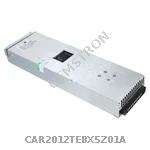 |
CAR2012TEBX5Z01A | AC/DC CONVERTER 12V 2000W | 130 More on Order |
 |
CAR2024FPB-Z01A | AC/DC CONVERTER 24V 2000W | 202 More on Order |
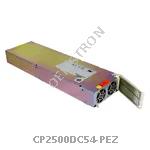 |
CP2500DC54-PEZ | DC/DC CONVERTER 54V 2500W | 498 More on Order |
 |
EHHD010A0B41-SZ | DC DC CONVERTER 12V 120W | 284 More on Order |
 |
EVK011A0B41Z | DC DC CONVERTER 12V 132W | 493 More on Order |
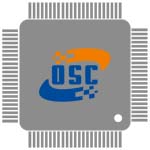 |
AXH010A0PZ | DC DC CONVERTER 1.2V 12W | 324 More on Order |
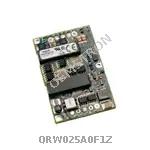 |
QRW025A0F1Z | DC DC CONVERTER 3.3V 83W | 351 More on Order |
 |
QPW060A0M1 | DC DC CONVERTER 1.5V 90W | 274 More on Order |
 |
QHW100A1 | DC DC CONVERTER 5V 100W | 379 More on Order |
 |
NH020M2 | DC DC CONVERTER 1.5V 20W | 196 More on Order |
 |
NH020F | DC DC CONVERTER 3.3V 20W | 329 More on Order |
 |
LW025F871 | DC DC CONVERTER 3.3V 25W | 218 More on Order |
 |
JW030F-M | DC DC CONVERTER 3.3V 30W | 103 More on Order |
 |
JW030A-M | DC DC CONVERTER 5V 30W | 308 More on Order |
 |
CC025ABK-M | DC DC CONVERTER 5V +/-12V 25W | 313 More on Order |
 |
AXA003A0X4 | DC DC CONVERTER 0.8-5.5V 16W | 367 More on Order |
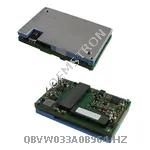 |
QBVW033A0B964-HZ | DC DC CONVERTER 12V 400W | 235 More on Order |
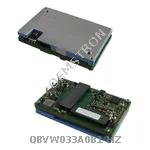 |
QBVW033A0B1-HZ | DC DC CONVERTER 12V 400W | 289 More on Order |
 |
EHHD024A0A4-HZ | DC DC CONVERTER 5V | 291 More on Order |
 |
KNW020A0F41-88Z | DC DC CONVERTER 3.3V 66W | 266 More on Order |
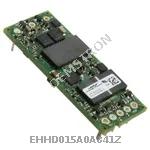 |
EHHD015A0A841Z | DC DC CONVERTER 5V 75W | 438 More on Order |
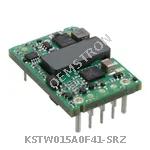 |
KSTW015A0F41-SRZ | DC DC CONVERTER 3.3V 50W | 205 More on Order |
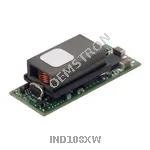 |
IND108XW | DC DC CONVERTER 3-18V 108W | 117 More on Order |
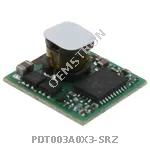 |
PDT003A0X3-SRZ | DC DC CONVERTER 0.5-5.5V 3A | 25683 More on Order |

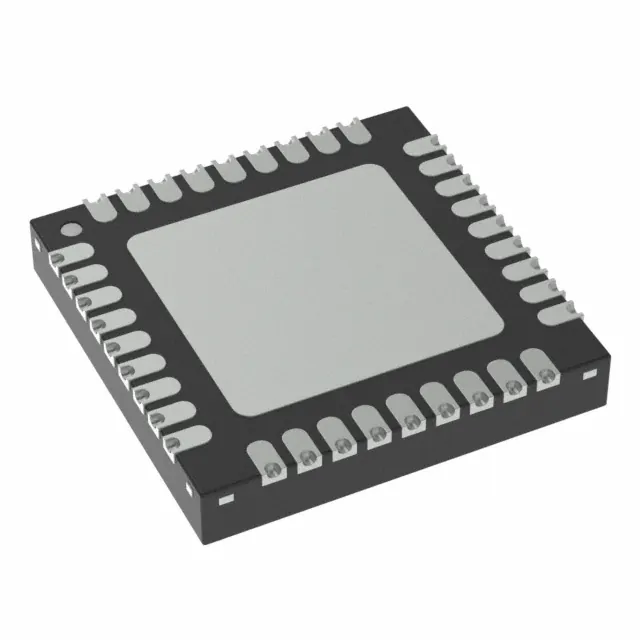 Semiconductors
Semiconductors









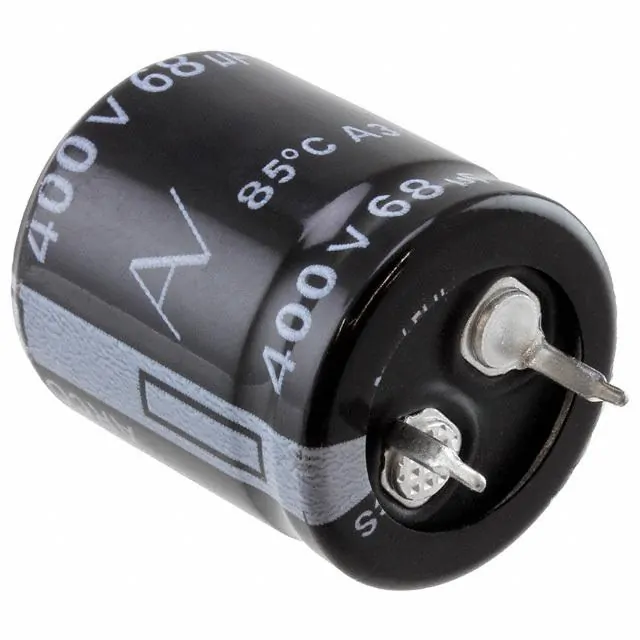 Passive Components
Passive Components









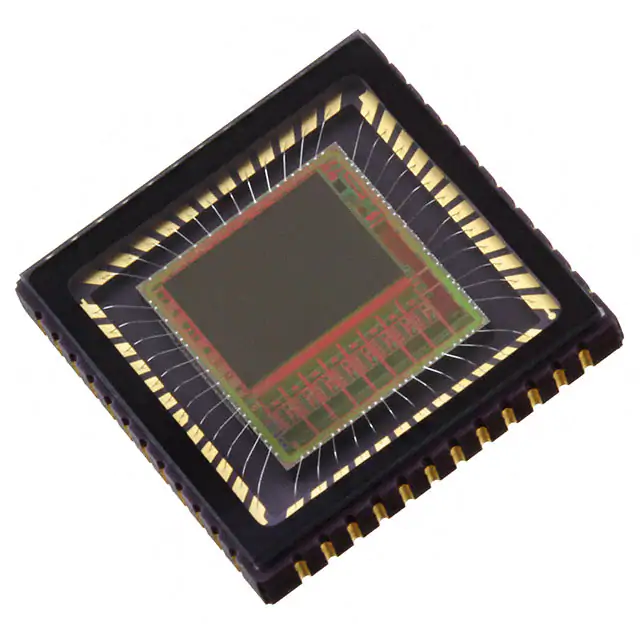 Sensors
Sensors








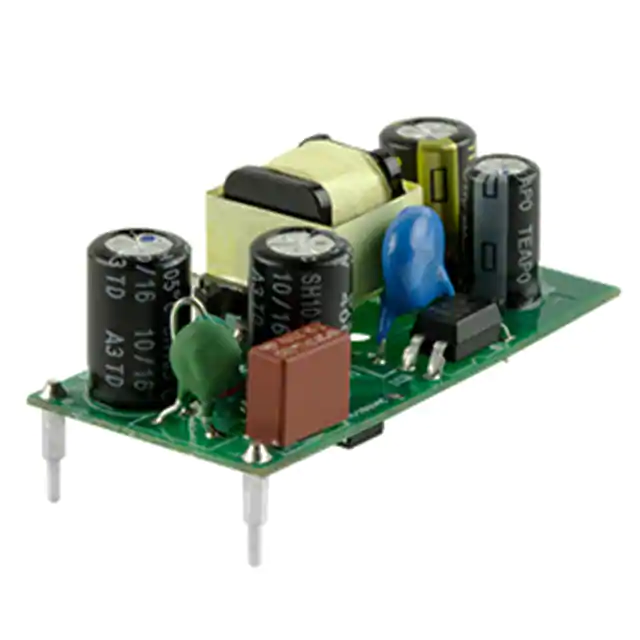 Power
Power









 Optoelectronics
Optoelectronics








